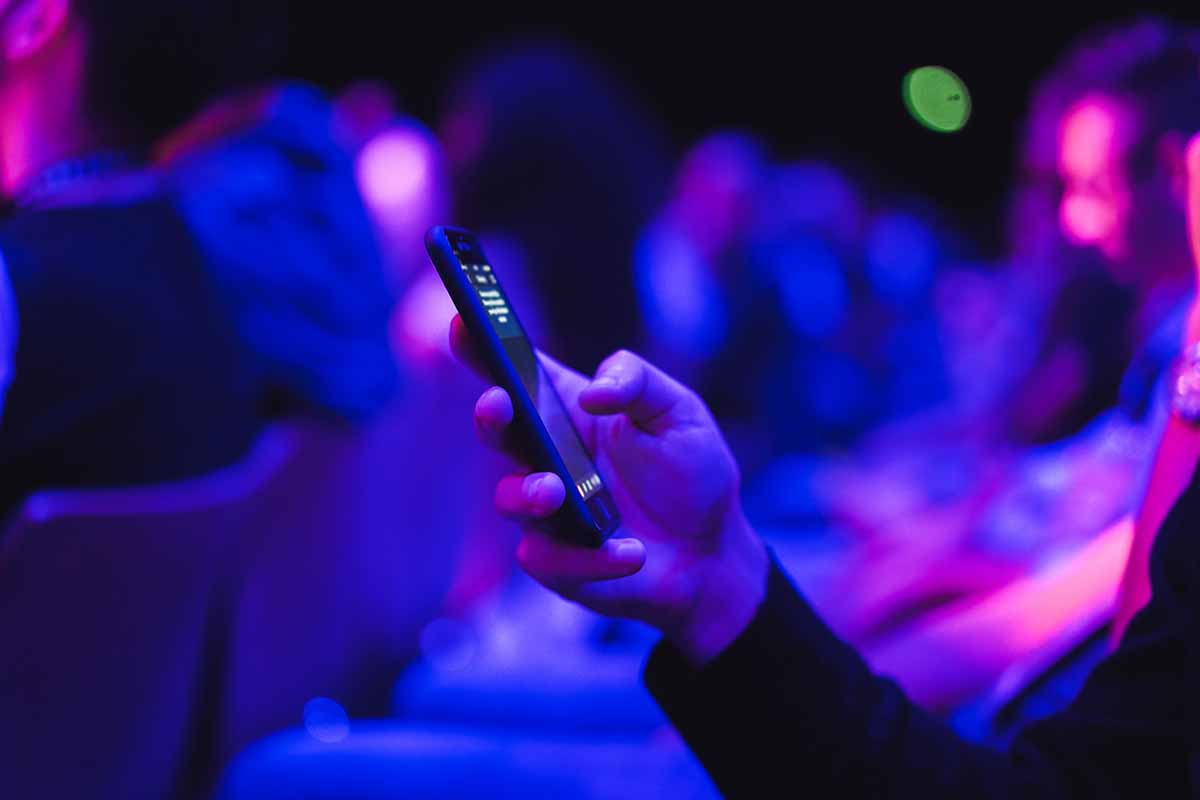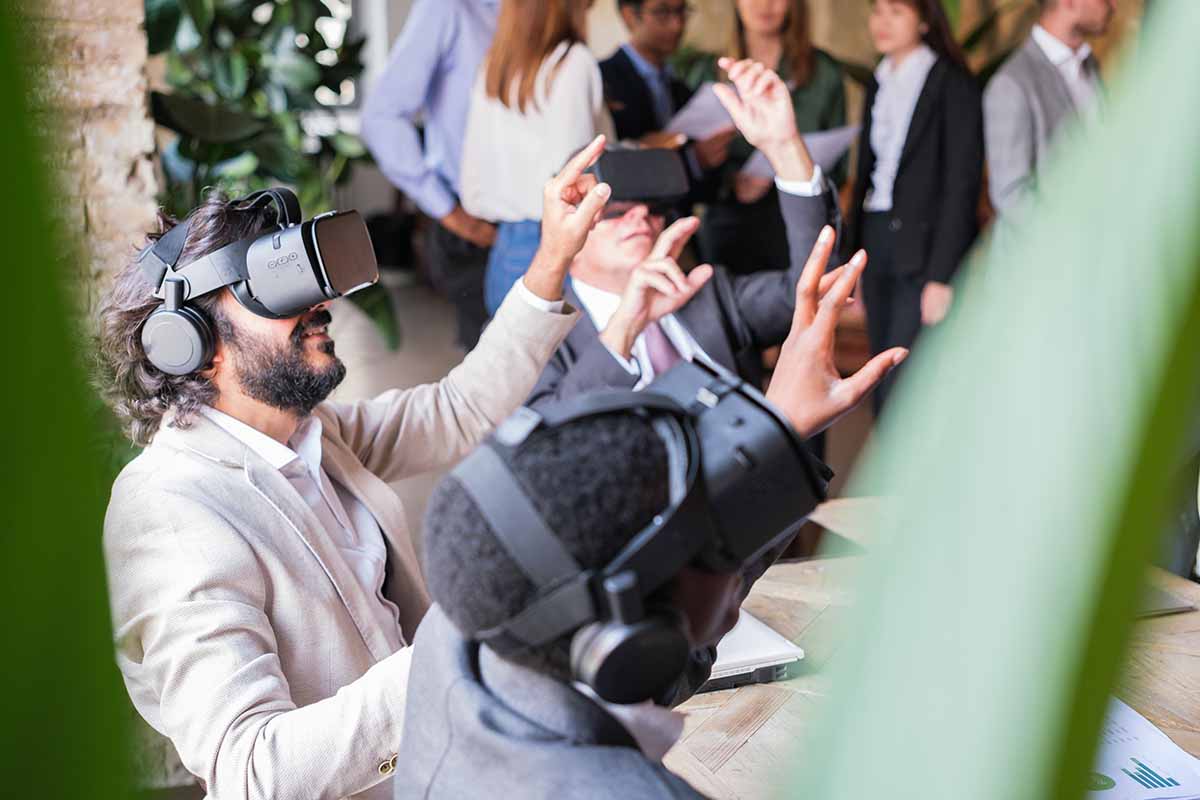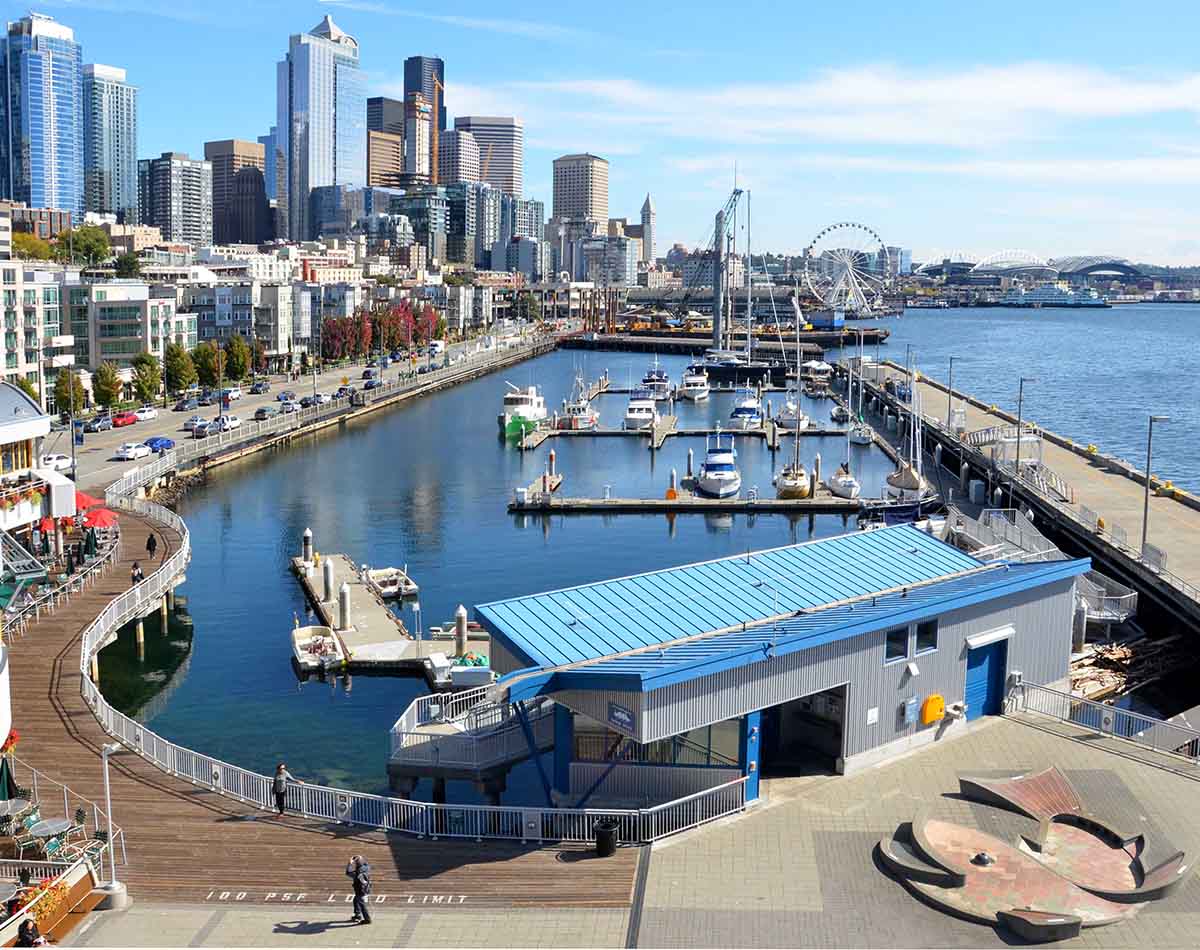How to Build Rock-Solid Internet for Events
✨ Key Points
Venue WiFi isn’t enough anymore — Shared networks can’t handle modern event demands like livestreams, mobile ticketing, or hundreds of connected devices without lag or crashes.
Custom event internet ensures control and reliability — Separate networks for production, vendors, and guests prevent interference and keep critical systems running smoothly.
Planning connectivity early saves money and reputation — Reliable internet powers payments, data collection, and livestreams, protecting your brand from costly failures.
Timing, teamwork, and now bandwidth, a successful event runs on.
A product launch, investor conference, esports competition, or live-concert broadcast — a rock-solid internet connection is now as much a part of the experience as lighting or sound.
The twist is, few event venues were designed to support the kind of data load we’re seeing today.
Toss in high-definition video, mobile ticketing, real-time polling, and hundreds of networked devices, and the in-place WiFi starts to choke.
If you’ve ever noticed a livestream buffer during the middle of a keynote, or experienced a vendor’s credit card terminal freezing up during a busy rush, then you’re aware of how quickly connectivity can go wrong.
Controlling your own event-specific internet can be the difference between silky-smooth execution and catastrophe behind the scenes.
Why Relying on Venue WiFi Is a Risky Bet
Venue Wi-Fi is by nature shared. You get five different exhibitors, production teams, and observers all tapping into the same pipe.
Bandwidth throttling kicks in, routers overload, and latency makes video calls sound like they’re coming from outer space.
According to a 2023 Event Technology Report published by Event Manager Blog, nearly 68% network issues were reported by the organizers in hybrid or live-streamed events.
And the more interactive the program — live polling, mobile apps, AR booths — the faster something fails.
Some spaces have “enterprise-grade” internet, but what they actually are referring to is fixed infrastructure.
It’s fine for boardrooms or ballrooms, but when you’ve got roaming cameras, pop-up activation booths, and 1,000 people who are all uploading selfies at the same time, the entire configuration shifts.
That’s why business planners work with internet now like they work with AV equipment — equipment you take with you, stage based on your own event footprint.
Building a Network to Match the Event (Not the Other Way Around)
Event internet isn’t a matter of raw speed; it’s about control, dependability, and adaptability.
You don’t just plug in a modem and hope for the best — you design a network architecture that matches how people will use it.
It might have:
Seperate production networks for AV staff working on livestreams and media uploads.
POS and vendor networks for cashless transactions and QR menus.
Guest WiFi with bandwidth constraints to prevent social media use from slowing down mission-critical data.
Press or VIP zones with priority access for reporters and executives.
This separation precludes interference and maintains critical systems running even when the balance of the traffic is at its peak. It’s the same technology that’s used in large conventions and broadcast operations — deployed to pop-up or temporary environments.
The Technology Behind Reliable Event Internet
To make it all run smoothly, network engineers blend and switch up various kinds of connections.
Here’s what that stack generally looks like:
Multi-carrier cellular bonding: Merges several LTE/5G connections (from carriers like Verizon, AT&T, T-Mobile) into a single robust stream. When one tower falls out, others pick up the slack.
WAN smoothing: A method of sending data on multiple paths simultaneously, which eliminates packet loss that causes video lag or dropped calls.
Satellite uplinks: Used where cellular coverage is weak or absent, e.g., in rural or high-altitude locations.
Temporary fiber drops or microwave links: For densely packed events or multi-day conferences where upload bandwidth must be at least 100 Mbps.
Access point zoning: Strategically located WiFi transmitters that possess signal reliability without interfering conflict.
When done well, the user never realizes what’s happening behind the scenes.
The WiFi “just works” with thousands of devices on it.
What Event Producers Fail to Plan For
This is the element most planners underestimate: demand for data isn’t linear.
It spikes — sometimes suddenly — when a keynote starts streaming, when doors open, or when a performer takes the stage.
During a massive outdoor brand activation in Los Angeles, an event network recorded 800 Mbps of outbound traffic the moment the livestream began.
Within ten minutes, half that number of people were sharing pictures on social media. The network doubled its capacity in seconds.
Without dynamic balancing, that kind of burst can take the connection down.
Master event internet teams prepare for this by using intelligent load management — immediate reallocation of bandwidth between VLANs (virtual networks) so production keeps going no matter how crazy things get.
Weather, too, plays its tricks. High humidity affects signal propagation.
Metal structures bounce radio waves unpredictably. Even nearby LED walls can interfere with 5 GHz WiFi.
Every event space introduces its own version of “Murphy’s Law.”
That’s why you’ll often see technicians testing coverage zones with laptops before doors open, fine-tuning angles, or adjusting signal strength — they’re not overcautious, they’re saving your livestream.
Behind the Scenes: Lessons from the Field
The event networking crews have stories that sound like a reality show about travel.
There was the time when a network crew in Miami had to relocate access points during the middle of an event when an unplanned fireworks display caused interference.
One crew once staged a temporary hybrid 5G-to-satellite network for a remote motorsport event in the Mojave Desert — all powered by generators and solar panels.
In New York, a product launch in an aged warehouse needed connectivity strong enough to cover live drone shots and synchronized AR demonstrations.
The solution? A point-to-point wireless bridge to an optical line blocks away.
These rollouts aren’t technical achievements of wizardry — they’re representative of the manner in which event connectivity has evolved.
No one can afford downtime anymore, be it a music festival, esports championship, or Fortune 500 shareholder meeting.
What Goes into Planning Event Internet
The perfect time to think about your event’s internet infrastructure is not a week from the event — it’s in initial production.
Here is a good checklist of things to think about:
Venue audit: Signal readings by multiple carriers, line-of-sight testing of the antennas, and identifying backup routes.
Bandwidth estimation: Total users × average device load (usually 2–3 Mbps per device for good performance).
Network segmentation map: What regions are priority? Who needs single-function access?
Backup power: Because a network is no more reliable than the generator that’s powering it.
Support plan: Real-time management during the event, with technicians on-site or directing traffic remotely.
This kind of planning used to be the exclusive province of behemoth conventions, but nowadays even 200-attendee hybrid meetings depend on it. The need for fast, secure internet is everywhere.
The Business Case for Trustworthy Connectivity
Event internet isn’t merely a luxury — it’s a money- and reputation-saver.
When transactions don’t go through, streams drop, or audience engagement apps crash, brands lose revenue and credibility.
According to a 2024 survey conducted by Event Industry News, 42% of visitors report that subpar WiFi has a negative impact on their perception of the event.
For sponsors and vendors, this translates to lost leads, delayed payments, and broken trust.
Strong internet powers data collection — a huge aspect of post-event analysis.
Registration systems, measurement of dwell time, sentiment analysis — none of them possible without reliable connectivity.
Why Experience Makes the Difference
You can rent routers or buy cellular hotspots anywhere, but building a temporary high-density event network is a different skill set altogether.
It’s choreography and engineering — predicting how thousands of signals will flow in a moving space that reconfigures itself minute by minute.
That’s where TradeShowInternet, one of the leading event internet service providers, enters the picture.
Their teams have supported well over a hundred big, indoor and outdoor events — corporate meetings and music festivals among them — with stacked connectivity including bonded 5G, satellite backhaul, and multi-carrier redundancy.
For organizers, AV personnel, and POS vendors, that sort of reliability means something less to stress about.
Making the Invisible Work
When all works flawlessly, no one notices the network. And that’s the best.
An ideal event internet deployment is invisible — the live streams don’t stall, the payments go through, the presenters click on to the next slide without hesitation.
Behind the invisibility is hours of testing, redundancy design, and backup routing — all built for a few days of use and then chucked. But in those couple of days, it’s the workhorse of the event.
Resilient internet does not merely connect devices. It connects teams, suppliers, visitors, and the story the event wants to tell.





















